Eurypterus remipes
While some lineages of eurypterids are 2 m or more in length, which are the largest arthropods to have ever found 3), 7), E. remipes is approximately 20 cm in length 1), 4), 7), a relatively small group 1), 4).
Although the eurypterids are called "sea scorpions" informally and are resemble the extant terresterial scorpions morphologically, they are not specifically the closest relatives 3), 7). Many questions related to the evolution and the phylogeny of eurypterids still remain.
The eyes are reniforms, the first appendage is chelicera, the appendage II - V are walk-legs, and the VI appendages is paddle-like swimming leg 6).
Eurypterids have the book gills and the air-breathing organ called "Kiemenplatten", suggesting that they were able to breathe on land 5). The "mas-moult-mate" hypothesis, eurypterids have migrated and molted in a group, and they have adopted the reproductive method using spermatophore transfer on land like did the extant arachnid has been proposed 2). However, their primary habitat was aquatic environment 5), they have sometimes crawled to the land to take advantage of the shallow water and pools as quiet environments during reproduction and moulting.
References:
- Andrews HE, Brower JC, Gould SJ, Reyment RA (1974) Growth and variation in Eurypterus remipes DeKay. Bull. geol. Instn. Univ. Upsala. 4(6): 81-114.
- Braddy SJ, Dunlop JA (1997) The functional morphology of mating in the Silurian eurypterid, Baltoeyrypterus tetragonophthalmus (Fischer, 1839). Zool. J. Linn. Soc. 120(4): 435-461.(DOI:10.1111/j.1096-3642.1997.tb01282.x.)
- Dunlop JA (2020) Evolution: A Breath of Fresh Air for Eurypterids. Current Biology. 30(21): R1304-R1306. (DOI: 10.1016/j.cub.2020.09.052)
- Lamsdell JC, Braddy SJ (2010) Cope's Rule and Romer's theory: patterns of diversity and gigantism in eurypterids and Palaeozoic vertebrates. Biol. Lett. 6: 265–269. (DOI: 10.1098/rsbl.2009.0700.) (The full-text was referred to National Library of Medicine or ResearchGate.)
- Lamsdell JC, McCoy VE, Perron-Feller OA, Hopkins MJ (2020) Air Breathing in an Exceptionally Preserved 340-Million-Year-Old Sea Scorpion. Current Biology. 30(21): 4316-4321.e2. (DO: 10.1016/j.cub.2020.08.034.)
- Tetlie OE (2002) A new Baltoeurypterus (Eurypterida: Chelicerata) from the Wenlock of Norway. Norsk Geologisk Tidsskrift(Nor. J. Geol.). 82: 37-44.
- Tetlie OE, Rábano I. (2007) Specimens of Eurypterus (Chelicerata, Eurypterida) in the collections of Museo Geominero (Geological Survey of Spain), Madrid. Boletín Geológico y Minero. 118: 117-126. (or ResearchGate.)

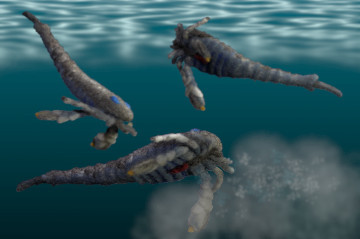
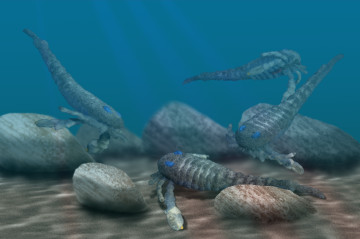
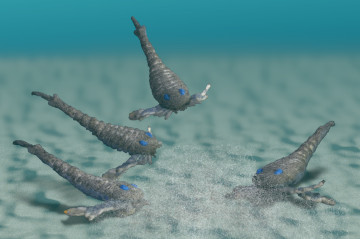
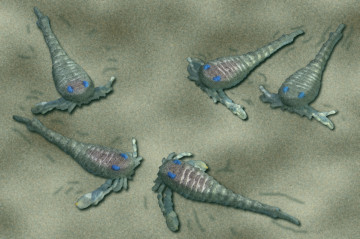
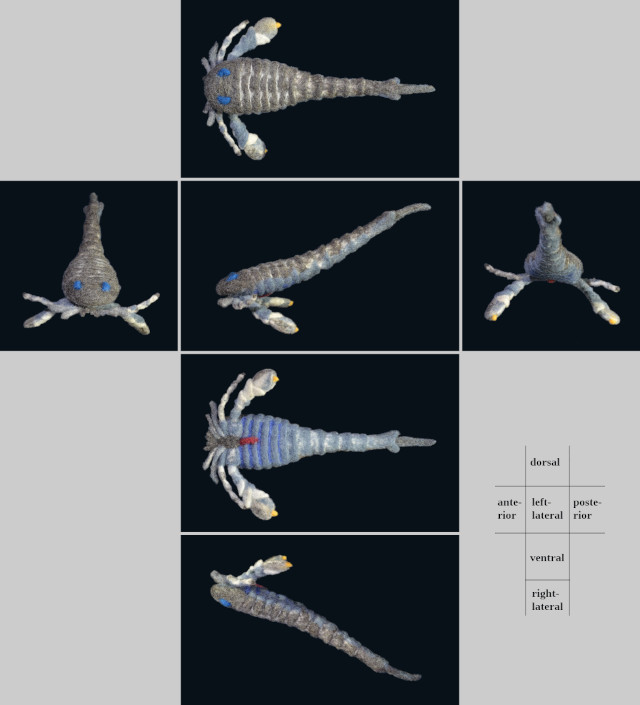
modified in July - October 2022.